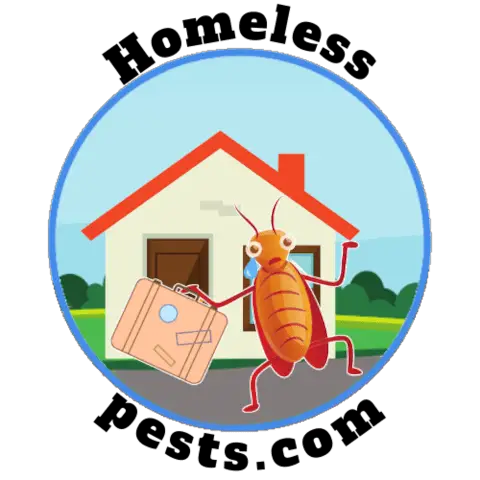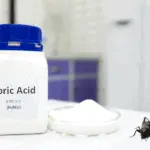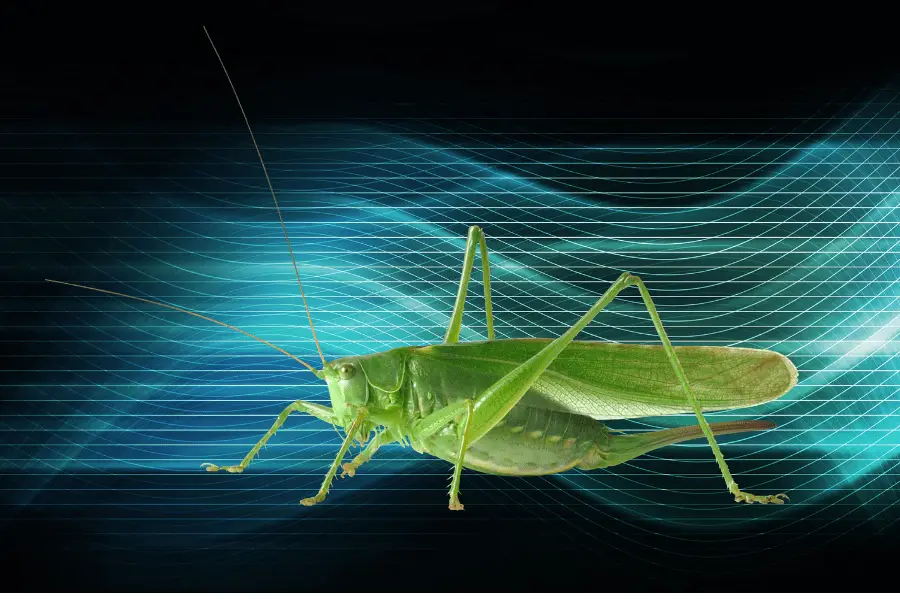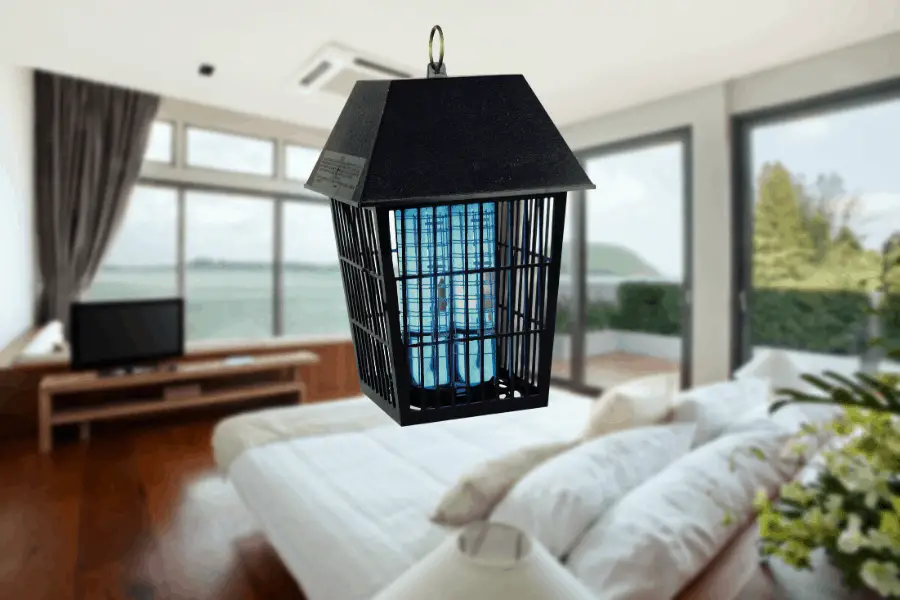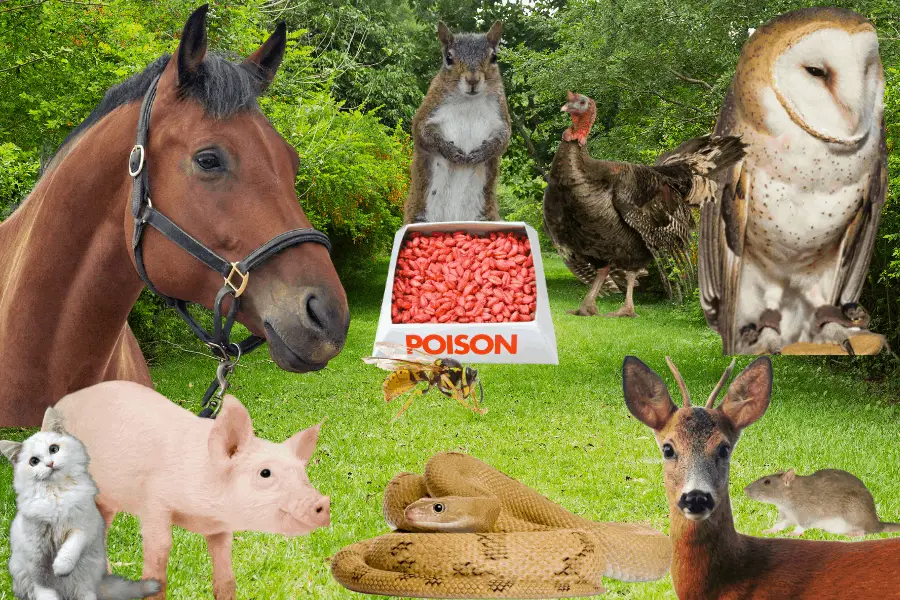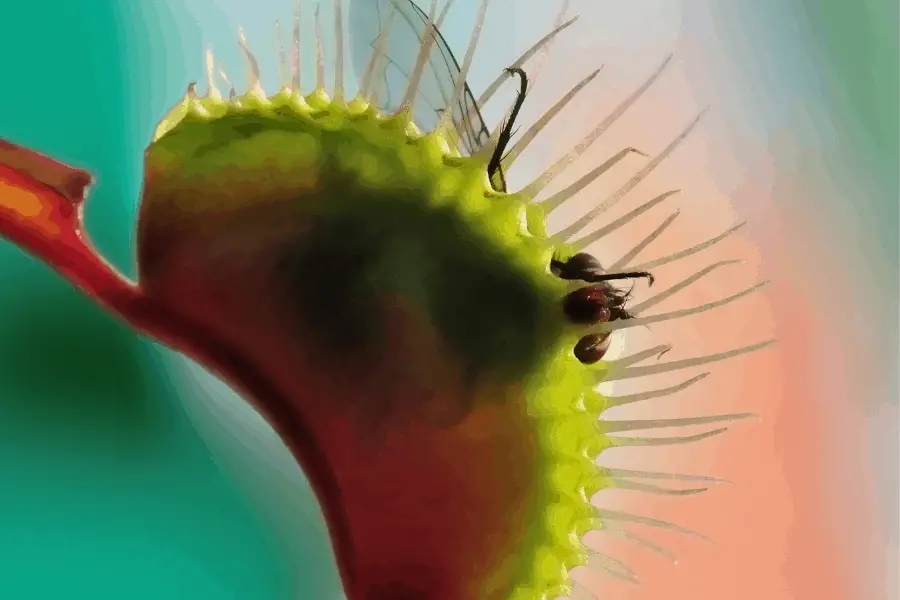
Bugs have always been a nuisance to the human race. Whether they are crawling on your kitchen floor or flying in and out of an open window, bugs can be quite annoying.
If you’re tired of constantly trying to get rid of pesky pests, then it might be time to consider using Venus flytraps. These plants will not only help eliminate bugs from your home, but they’ll also do so naturally!
But exactly how effective are they?
Venus Flytraps are a good method of reducing pests but not on their own. One Venus Flytrap will not eat significant enough bugs on a monthly basis to eradicate an entire pest infestation. using several such plants in conjunction with more active pest control methods would be more effective.
Venus Flytraps are undoubtedly fascinating and do certainly eat all types of pests found in your home. However, they have to be employed in the right way in order to make much of a difference.
What are Venus Fly Traps?
Venus flytraps are plants that can be found in North America and grow naturally in boggy areas. These plants have what is known as a “snap trap” which closes around insects when they go to feed on the plant’s nectar
The leaves will then close over the insect pinning it in position. As an airtight seal is formed around the bug, digestive juices will be secreted to start to break down the exoskeleton. The process can take up to twelve days, at which point the trap opens again and the remains of the insect are blown away.
The types of household pests that Venus flytraps will eat are mainly crawling on the floor and flying in and out of an open window. So in this respect, they’re a great natural way to get rid of pesky bugs from your home!
The number of pests that have been eaten by Venus flytraps can vary depending on how often they are fed. If you’re not feeding them, they will be ‘hunting’ for prey themselves.

What types of household pests will Venus Fly Traps eat?
Many types of household pests will be eaten by Venus flytraps including:
–Ants, spiders, and other crawling insects on the floor as well as flies that come in through an open window.
They need these bugs to support their poor root-derived diet, which is mainly from nutrient-poor soil, especially in the wild. In fact, this is why they evolved to eat bugs.
In addition to bugs, larger venus flytraps have been known to eat small mammals and amphibians. If the animal fits inside the trap, then the digestive excretions from the plant will take care of it.
How to care for a Venus Fly Trap
The Venus Fly Trap is a carnivorous plant which means it needs a meat source!
If you want to keep your little pet alive, follow these steps:
– Give them direct sunlight for at least four hours each day. They don’t require a lot of water and do not need much soil. They also don’t like fertilizer, but that’s okay as they can get nutrients from their prey (insects).
– Never overfeed the flytrap – that will actually kill them. You can tell if plant is well fed as their traps will start to shrink and a few may disappear altogether. Starving plants generally enlarge their traps or develop several more.
– If the plant becomes too big for its pot, you can divide it by carefully separating the new shoots from the main root. Be careful not to remove any of the roots when dividing your flytrap!
Where can I buy a Venus Fly Trap?
Native to North Carolina, Venus Fly Traps are not grown in very many places. If you want one for your home and can’t find a local source of plants, head online where you’ll find a lot of retailers selling them!
There are also several forums dedicated to this plant that offer a lot of advice on all aspects of Venus Flytrap ownership.
Why should you have one in your home?
For one thing, a Venus Fly Trap is a great conversation starter and it’s a fun way to teach kids about the natural world.
The plants have been used in research for many years, so we know they’re not harmful to humans or animals, well at least the larger animals like your cat or dog that is!
Plus, who doesn’t love getting free pest control?
It can be difficult finding a plant that will work in a small apartment, but Venus Fly Traps are perfect because they thrive on sunlight and can grow to be just about any size.
It’s a common misconception that these plants only eat bugs, but they actually have a very diverse diet, including extracting nutrients from their root system, and can feed on anything from small insects to larger prey, such as amphibians.
But you probably won’t have frogs and things hopping around your apartment, thankfully.
In the wild, Venus Flytraps are eaten by raccoons and other animals looking for an easy meal. They can also be targeted by insects that like to gnaw on plants, but this is why they have developed traps to turn the tables on these pests.
But in your home, you’ll find they’re fairly safe against Venus flytrap predators.
Are there any other benefits to having one in my home besides pest control?
One of the biggest benefits of a domesticated Venus flytrap is that they’re great for making your home look unique. Plus, they don’t need to be watered often and require very little maintenance.
The only downside is that after a while you may have too many Venus Fly Traps in one place, especially in a small apartment. If it’s not getting enough sunlight the plant will suffer, so be sure to rotate the plants every few months or so.
Can a Venus flytrap survive without bugs?
Venus flytraps need bugs to survive and they can’t rely on what they bring in through their root system alone. They could go for months without meat, but eventually, they need a creepy crawly meal.
They can’t eat anything else besides insects and they rely on the oils found in the Venus flytrap to digest their prey. So if you were to feed it food that doesn’t have any of the same nutrient qualities as bugs, such as apples or carrots (just a strange example there), then it won’t be able to benefit from it in the same way.
How many bugs can one venus fly trap consume?
It depends on the size of the plant, but here are some statistics from the University of Florida: “Venus flytraps can consume between one and two insects in a month, provided that other food sources are scarce.” This means it’s possible for one plant to eat up to 20 bugs in a year.
Any more than this and the plant will eventually die.
Starving plants normally produce larger traps, for obvious reasons, but you can tell a well-fed plant by the smaller traps they processes.
This means that only one Venus flytrap in a home will not be enough to get rid of all the pests you may have.
Where should you place a flytrap to maximize its effectiveness against bugs?
Venus flytraps work best outdoors, near food sources such as plants or fruit trees. This will ensure that the plant is able to feed and grow well while being a deterrent for bugs in your yard.
If you’re having problems with pests inside of your home, try placing some traps around windowsills or other entry points where they may catch the pests on the way into your home.
You can also try placing them near any food sources for pests inside of your home. This will maximize their effectiveness and help you to get rid of the pests that are coming into your house on a regular basis while making sure they don’t go anywhere else in your kitchen or pantry.
This is also an option if you’re trying to deter bugs from visiting certain areas of your house, you can leave Venus Flytraps as an additional deterrent to keep them out of the areas that you don’t want them in while also feeding and caring for your plants.
Of course, the flytraps on their own won’t get rid of a large pest infestation, which is why you need to look for other entry points where they may catch the pests on the way into your home. It’s in these areas that you should place conventional bait traps and other pest deterrents too.
If it’s a more serious infestation, you should try contacting an exterminator or pest control company as soon as possible so that they can determine what types of insecticides are needed and get rid of them quickly before the infestation gets too out of control.

